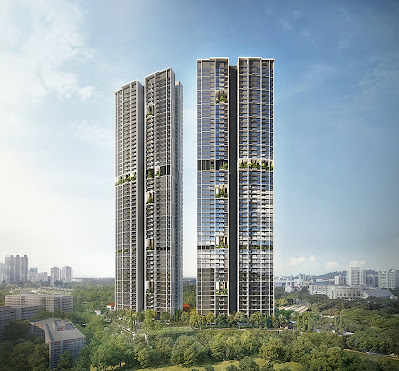Offsite Project:
The Offsite Projects are called Made in Factory Project or Prefabricated Project where the projects structural members are cast and manufactured in a factory and then transported to the site and assembled. This is like setting lego blocks that are ready-made.
Why choose this method?
The factory-made or Prefabricated structural members are manufactured with machine-controlled concrete mix process and helps in reducing the waste of material which happens on-site and also the factor of safety also better in factory manufactured members.
This process showed that on-site it only has to assemble and that helps in reducing damage to the environment where the site requires an additional area where they need to mix the concrete or keep material such as steel, sand, aggregates, and more.
There are many projects which are shifted from on-site to off-site projects because they have such a good advantage and also saves time in building the project. The projects constructed by this project are more structurally sound than on-site with help of a computerized manufacturing method. Hence many projects such as stadiums, bridges, rural infra where cost is the main factor.
Recently, in covid time most of the temporary hospitals were build from prefabricated hospital wards and then assembled on site.
This helped save life and time cost for construction.
In conclusion, we can say that:
a. Eco-friendly
b. Financial Savings
c. Flexibility In Project
d. Better & Consistent Quality
e. Reduced Site Disruption
f. Reduced Construction Time
g.Safety
This has revolutionized the way we construct houses, towers, bridges, airports, stadiums, skyscrapers, etc.
Some Project:
It is being built in Rotterdam, Netherlands which will be 215 meters high. the construction speed is 1 floor per week and will be the world's first tallest prefabricated skyscraper once it is completed. With this, there are other two towers which are 70 meters high. This technique was used because the site was too narrow to reach for huge machines and too crowded for such construction.
2. Puskas Arena, Budapest:
3. Avenue South Residence, Australia:
In Western edge, these are two 56 story skyscrapers that will be built from prefabricated members. This technique came as the local government made it compulsory that offsite methods should be used as the cost of onsite are high thus reducing the price for the consumers.
4. Temburong Bridge, Brunei:
5. Clark International Airport, Philippines:
The new passenger airport will be constructed by prefabricated members such as floor slabs and wall elements. Also, the curved roofs are factory-made and thus easy to construct than onsite. Helped in easy construction and due to modular design, it can be easily expanded in the future.
6. Oresund Bridge, Denmark-Sweden:










I read the above article and I got some information from your article. It's really perfect and helpful information for us. Gratitude for share it.Professional Construction Services Coos Bay
ReplyDelete